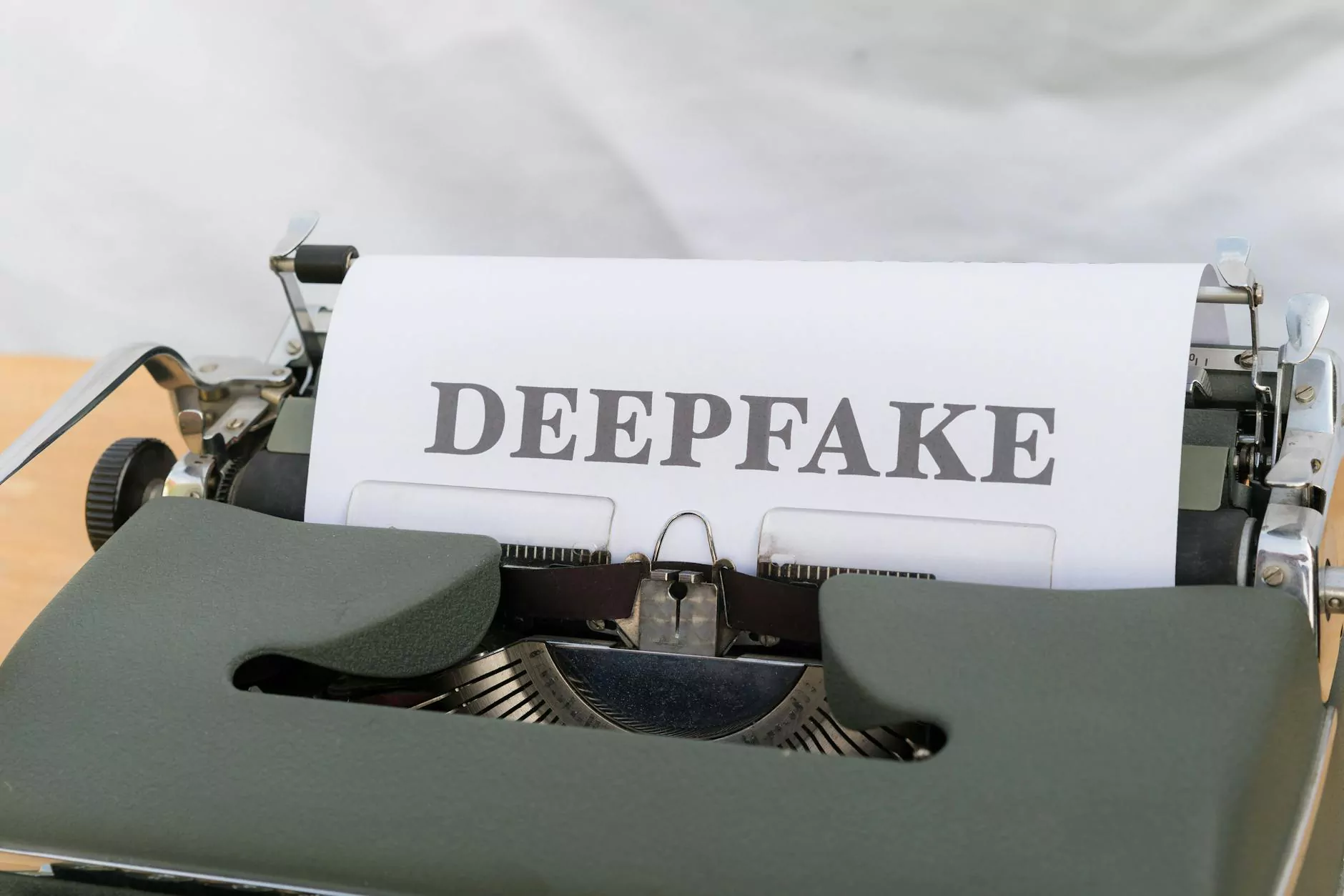Comprehensive Guide to Emergency Escape Breathing Apparatus Inspection in Educational and Special Education Settings

Ensuring the safety of students, staff, and visitors within educational institutions, especially those catering to special education, demands meticulous attention to emergency preparedness. Among the critical safety components is the regular inspection of emergency escape breathing apparatuses. These devices are vital for providing breathable air during emergencies such as fires, chemical leaks, or other hazardous situations requiring immediate evacuation. This comprehensive guide explores best practices, regulatory standards, and detailed procedures to maintain and inspect emergency escape breathing apparatuses effectively, ensuring compliance and safety in educational environments.
Understanding the Importance of Emergency Escape Breathing Apparatus Inspection
In any safety protocol, periodic inspection and maintenance of emergency escape breathing apparatus are paramount. In educational facilities, these devices serve as a lifeline for protecting vulnerable populations, including children with special needs. Proper inspection guarantees that these devices function correctly when required, reducing risk and ensuring swift, safe evacuation during emergencies.
Legal and Regulatory Framework for Safety Equipment in Education
Educational institutions are governed by strict safety standards set forth by national and local regulatory authorities. These standards mandate regular inspection, testing, and maintenance of emergency equipment. For example, OSHA (Occupational Safety and Health Administration) guidelines and local fire safety codes specify the frequency and procedures for checking breathing apparatuses. Compliance not only prevents legal repercussions but also affirms the institution’s commitment to safety and wellbeing.
Types of Emergency Escape Breathing Apparatus
Several types of emergency escape breathing apparatus are employed in educational settings, each suited for specific scenarios:
- Self-Contained Breathing Apparatus (SCBA): Offers independent air supply with high mobility, suitable for prolonged rescues or complex evacuations.
- Escape Respirators: Compact and simple devices designed for quick escape, with limited air supply for short-term use.
- Chemical Cartridges and Air-Purifying Respirators: Used primarily in environments with chemical hazards, less common in standard educational settings.
In most schools, escape respirators and SCBA units are the primary devices inspected regularly to ensure immediate availability and reliability during emergencies.
The Critical Steps in Emergency Escape Breathing Apparatus Inspection
A meticulous inspection process ensures that every device performs optimally when needed. The following steps form the backbone of an effective inspection routine:
1. Visual Inspection of Physical Condition
- Check for physical damage: Cracks, corrosion, or deformities on the device or mask.
- Examine hoses and seals: Ensure airtight seals without cracks or deterioration.
- Inspect for cleanliness: Remove dirt or debris that could compromise functionality.
2. Functionality Testing
Verify all mechanical and operational features of the apparatus:
- Test valve operation: Ensure valves open and close freely and provide proper airflow.
- Check pressure gauge readings: Confirm the air cylinder pressure meets safety standards.
- Conduct leak tests: Use soapy water or specialized equipment to identify leaks in hoses or connections.
3. Air Supply Verification
The effectiveness of emergency escape breathing apparatus hinges on its air supply:
- Ensure correct pressure levels: Calibrate gauge readings per manufacturer specifications.
- Inspect cylinder expiration dates: Replace cylinders approaching or exceeding their service life.
4. Testing the Wearability and Fit
The safety apparatus must be comfortable and secure to ensure proper use:
- Check mask seal: Fit test to verify airtight seal without leaks.
- Inspect straps and fasteners: Ensure they are intact and adjustable for secure fit.
5. Documentation and Record-Keeping
Meticulous record-keeping ensures compliance and tracks device lifespan:
- Log inspection results: Document date, findings, and corrective actions.
- Record maintenance and repairs: Details of servicing, replacements, or upgrades.
Frequency of Inspection and Maintenance
Best practices dictate that emergency escape breathing apparatus be inspected at least quarterly, with more frequent checks depending on usage or environmental conditions. Additionally, professional servicing by certified technicians is recommended annually or as specified by the manufacturer. Keeping strict schedules helps maintain operational readiness and ensures that devices are compliant with safety regulations.
Training and Awareness for Educational Staff
Beyond regular inspections, training staff on proper use and basic maintenance of emergency escape breathing apparatus is essential. Regular drills simulate real-life conditions, aiding in familiarization with devices and ensuring swift, confident action during actual emergencies. Special education environments benefit from tailored instruction, considering students' unique needs, ensuring evacuation procedures are smooth and effective.
Role of Specialized Educational Services in Safety Preparedness
Organizations like H2s Online Training provide vital educational services, including courses on safety protocols, emergency response, and specialized training for handling hazardous situations. Their offerings encompass guidelines for special education settings, emphasizing inclusive strategies for safeguarding vulnerable populations.
With expert-led training modules, staff gain confidence to perform routine inspections, operate equipment correctly, and respond decisively in emergencies involving emergency escape breathing apparatus. Embracing such professional education elevates safety standards, transforming safety procedures from mere compliance into ingrained organizational culture.
Enhancing Safety Culture Through Continuous Improvement
Instituting a culture of safety involves ongoing review of safety measures, including regular inspection of emergency escape breathing apparatus. Feedback from drills, incident analyses, and updates in safety standards should inform procedural improvements. Investing in training and technological upgrades demonstrates a commitment to student and staff safety, fostering trust and confidence within the educational community.
Implementing an Effective Safety Management System
An integrated safety management system ensures systematic oversight of all safety devices, including emergency escape breathing apparatus. This involves:
- Establishing routine inspection schedules
- Designating trained personnel for inspections
- Maintaining comprehensive records
- Conducting periodic safety audits and reviews
- Providing ongoing staff training and updates
Employing such a framework guarantees a proactive approach to safety, minimizes risks, and ensures readiness at all times.
Conclusion: Prioritizing Safety Through Rigorous Inspection and Training
The safety of students, particularly those in special education programs, is a paramount responsibility of educational administrators and staff. Emergency escape breathing apparatus inspection is a critical component of a comprehensive emergency preparedness plan. Through diligent adherence to inspection protocols, regular maintenance, staff training, and leveraging expert educational services, institutions can create safe learning environments where every individual feels protected and confident in emergency situations.
By investing in safety infrastructure and cultivating a proactive safety culture, educational facilities not only comply with regulatory standards but also demonstrate their unwavering commitment to the health and well-being of their communities. Remember, safety is not a one-time effort but an ongoing journey—ensure your emergency escape breathing apparatus are always ready when needed the most.









